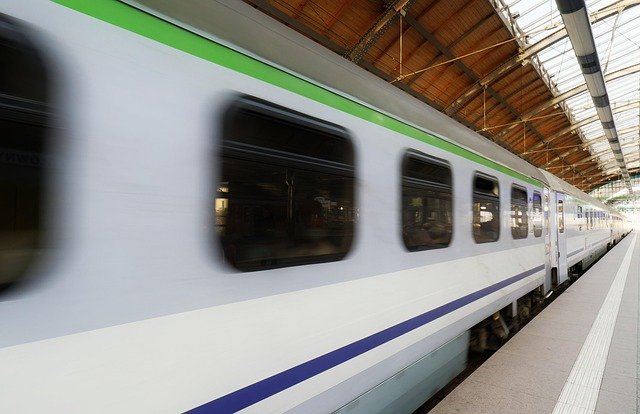Scaling navigation and wayfinding for major passenger hubs
Major passenger hubs—airports, central train stations, and integrated transit centers—face growing complexity as travel demand, multimodal connections, and accessibility expectations rise. Effective navigation and wayfinding scale beyond signage: they combine operational planning, digital services, and inclusive physical design to reduce congestion, shorten commutes, and improve passenger experience across modes.

Mobility and commute patterns
Understanding mobility and commute behavior is the first step in scaling navigation for large hubs. Planners analyze arrival and departure peaks, modal splits between private vehicle, rail, bus, ride-hail, and active modes, and pedestrian circulation routes. These patterns inform placement of entrances, egress points, and distribution of wayfinding assets so that signage and digital guidance match how people actually move. Scalable solutions anticipate variability—special events, seasonal surges, or service disruptions—and support rapid reconfiguration of routing and passenger flows without creating new bottlenecks.
Passenger flow and logistics
Managing passenger flows requires coordination between operational logistics and spatial design. Flow mapping and simulation tools identify pinch points where queues, security screening, or baggage handling intersect with wayfinding sightlines. Integrating logistic processes—baggage conveyors, security lanes, retail access—into navigation strategies reduces cross-traffic and clarifies pathways. Clear zonal planning (arrivals, departures, transfers) and graduated visual cues help passengers self-route, while backend logistics teams use forecasting to smooth throughput and prevent crowding that undermines wayfinding effectiveness.
Routing, fleet, and maintenance
Routing strategies extend beyond pedestrian paths to include fleet movements and last-mile connectivity. Shuttles, on-demand microtransit, and feeder buses rely on predictable routing and staging areas that are visible and clearly signed. Maintenance schedules for wayfinding hardware—digital displays, lighting, directional signs—must be integrated with operational calendars so failures don’t erode passenger trust. Data-driven routing for shared vehicles improves synchronization with passenger arrivals and reduces empty miles, which supports smoother transfers and clearer expectations for commuters and travelers.
Navigation and wayfinding systems
Navigation systems combine physical signage, tactile guidance, and digital aids like mobile maps and beacon-based indoor positioning. Scalable wayfinding uses layered information: coarse guidance for long-range orientation, finer instructions near decision points, and dynamic alerts for disruptions. Consistent visual language, multilingual labels, and iconography that match local services help diverse passenger groups. Digital layers that provide turn-by-turn indoor routing or accessible alternatives must interoperate with static signs so passengers receive coherent instructions across mediums and devices.
Connectivity, ticketing, and forecasting
Connectivity between transport services and ticketing platforms is central to a scaled passenger experience. Integrated ticketing and real-time service data reduce uncertainty and enable predictive routing—recommending transfer paths based on live analytics and short-term forecasting. Analytics that combine ridership, dwell times, and service reliability inform where to add capacity, where to place supplemental signage, or when to adjust schedules. Seamless connectivity between apps, contactless ticketing, and information displays ensures passengers receive consistent routing information through the entire journey.
Sustainability and accessibility
Sustainable and accessible wayfinding are complementary objectives. Sustainable materials, energy-efficient displays, and optimized lighting reduce environmental footprint, while accessible design—clear sightlines, high-contrast signage, tactile indicators, audio prompts, and step-free routes—serves passengers with diverse needs. Accessibility audits and user testing with mobility-impaired travelers reveal real-world gaps between design intent and experience. Embedding sustainability and accessibility into wayfinding policies supports compliance, improves inclusivity, and often yields operational efficiencies by reducing rework and maintenance overhead.
Conclusion
Scaling navigation and wayfinding in major passenger hubs requires integrated planning across mobility analysis, logistics, fleet operations, and digital systems. Combining consistent physical design with interoperable digital services, backed by analytics and forecasting, produces robust routing that adapts to changing demand while supporting sustainability and accessibility objectives. Effective solutions balance clarity for first-time users with adaptability for everyday commuters, ensuring hubs remain navigable as passenger volumes and modal complexity grow.





